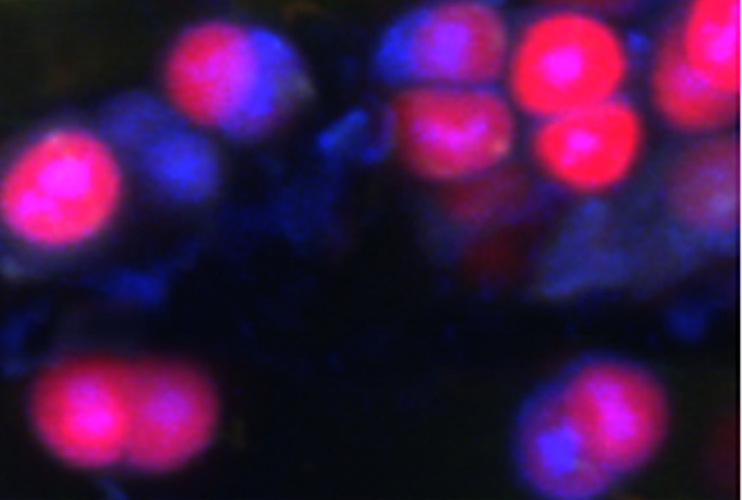Kombucha in space

ESA's Expose facility held experiments on the International Space Station to investigate if and how bacteria survive in space and in simulated martian conditions.
Samples flew on the outside of the Space Station. The results show that a microorganism, cyanobacterium, was able to repair its DNA and resume cell division even after being exposed to cosmic radiation, even resisting the destructive iron ions that cause extensive cell damage.
In many living beings, tissues regenerate like human skin or bacterial biofilms by consistently multiplying through a process of cell division. The way these cells stop dividing until they've fixed their DNA damage is still a mystery, but researchers suspect a specific gene – the sulA gene – could play a part in it. The sulA gene acts like a traffic signal for cells. It stops cells from dividing until they've repaired their DNA, like a red light stops cars from moving. It's a crucial part of a cell's safety system, ensuring that any damages are fixed before the cells continue to multiply.
Another experiment revealed that cell clusters provided a microhabitat for smaller species, showing that some cells can ‘hitchhike’ through space within larger groups of cells that protect the hitchhikers.



